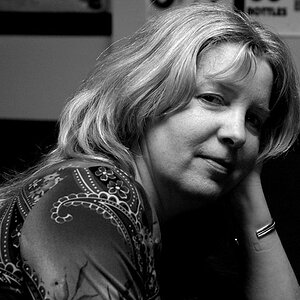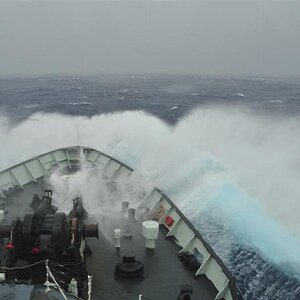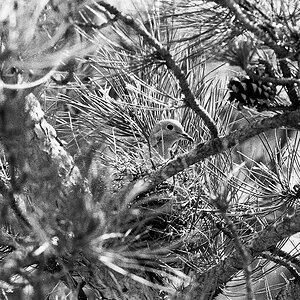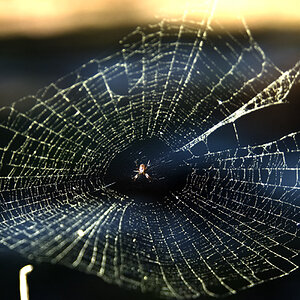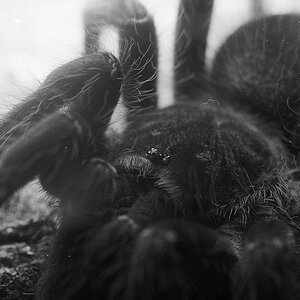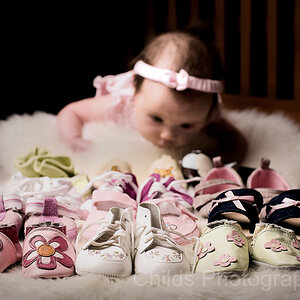SaloT
TPF Noob!
- Joined
- Apr 1, 2016
- Messages
- 4
- Reaction score
- 0
- Can others edit my Photos
- Photos OK to edit
1. I own a beginner level camera Nikon D3200 with 18-55mm lens. I just learned the aperture, ISO, and speed shutter. I need some pointers to study with my camera without buying any speed shutters, or camera lens upgrade because I'm saving up for an enthusiast level camera. What else can I do with my camera and lens? I can photograph like this (see photo) but I can't photograph trail lights or turn the water into silk.


(no trail lights)
2. I only have a limited budget, but I'm rooting for D7200. Is this a good practice camera who wants to take photography to the next level?
3. If ever I bought this camera, how much would more should I spend for camera accessories like camera lens, speed shutters, etc. I want to try every aspect of photography.


(no trail lights)
2. I only have a limited budget, but I'm rooting for D7200. Is this a good practice camera who wants to take photography to the next level?
3. If ever I bought this camera, how much would more should I spend for camera accessories like camera lens, speed shutters, etc. I want to try every aspect of photography.


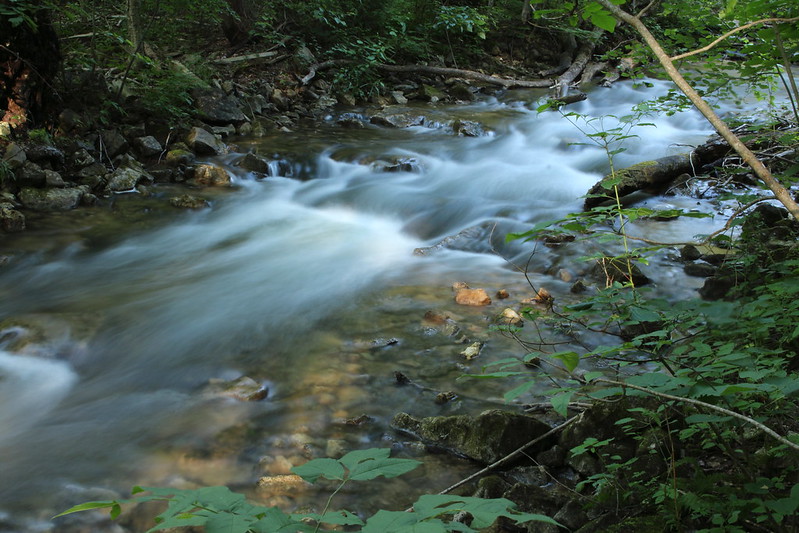 brook
brook


